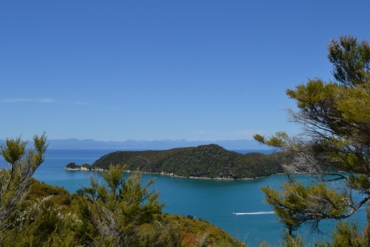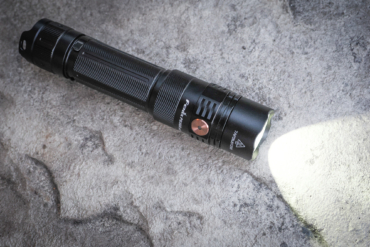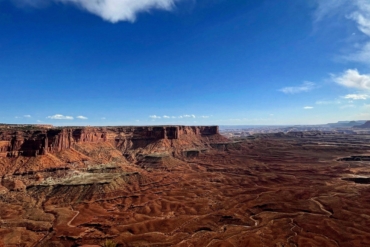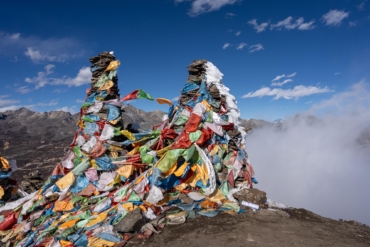Colorado has 53 mountains over 14,000 feet, with an additional five summits that make most peak-baggers’ rosters.
While all scenic, some are less than wonderful to climb. Rotten rock, tedious boulder fields, and private land ownership issues make some of the highest peaks at high altitude chore.
So when it comes to selecting the best 14ers to ascend, the journey is every bit as important as the destination. These 10 summits vetted by RootsRated.com range from simple hill walks to thrillingly exposed class 4 scrambles. And they embody some of the most enjoyable and challenging mountain adventures in Colorado.
The rule for 14ers is that peaks must have 300 vertical feet of prominence between neighboring summits.
Editor’s note: Due to heavy snowfall in winter 2018-2019, check the conditions of your objective before heading up. Many mountains will have snow much later this summer than normal.
1. Mount Elbert — 14,433 feet – Class 2
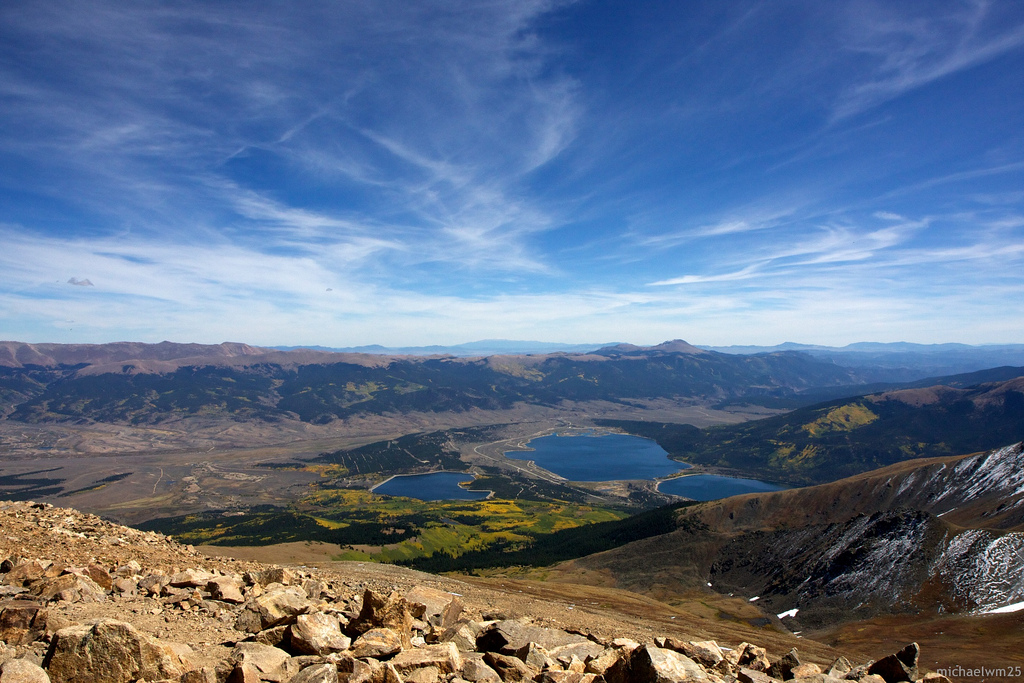
Colorado’s highest summit is a grandfatherly gentle giant, at least by Rocky Mountain standards. You can easily access Elbert’s large, rounded dome by several trails, all of which begin in vanilla-scented pine forests and emerge from treeline with stunning views of the Sawatch Range.
That’s not to say it’s a walk in the park — there’s a matter of 4,400 feet of elevation gain over 4.5 miles to deal with — but the paths are well-maintained and easy to follow. Reach the top, and you’ll be in the heart of the highest mountain range in the lower 48.
2. Capitol Peak — 14,130 feet – Class 4
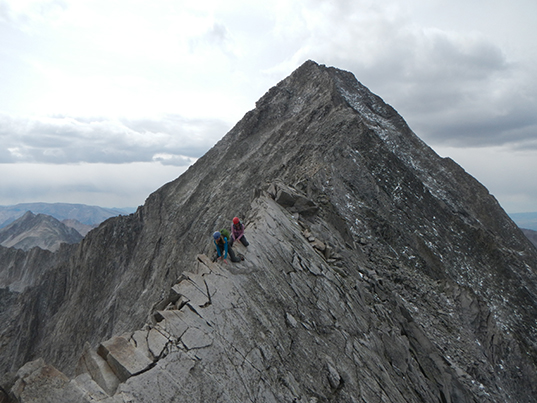
Among the most challenging 14ers, Capitol Peak is tough for the right reasons — solid rock, heart-in-your-throat exposure, and tricky but fair route-finding. It’s an 18-mile round trip, and that’s part of the joy. A long approach along Capitol Creek passes through gorgeous aspen forests and ends at Capitol Lake, where the real work begins.
After navigating a steep pass, honest class 4 rock makes for a spectacular path to the summit, including the notorious knife edge traverse. Savvy climbers know the top is only the halfway point — the way down is just as fun and demanding as the ascent.
3. San Luis Peak — 14,014 feet – Class 2
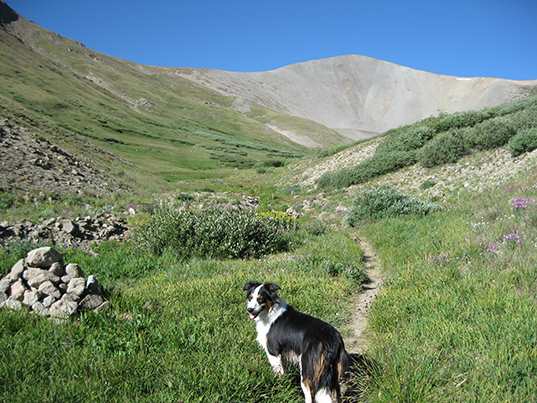
San Luis Peak is located in a remote portion of the San Juan Mountains near the town of Gunnison, Colorado — smack dab in the middle of the Rocky Mountains. Isolation is part of its charm. A summer venture to San Luis follows several peaceful creeks past vibrant fields of wildflowers.
Views are expansive, and as the alpine grasses yield to the rocky terrain of the summit block, the trail remains intact and easy to navigate. The summit views are pristine, rolling, and nearly absent of any manmade landmarks.
4. Crestone Needle — 14,197 feet – Class 3
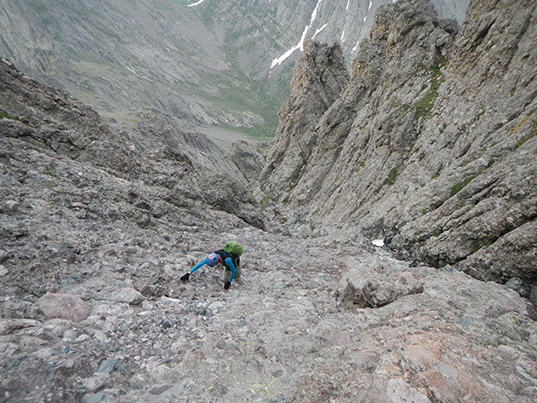
Crestone Needle is a stunning mountain to behold and a vexing peak to navigate. Despite sporting a well-worn trail to its upper reaches, the rocky gullies that offer passage to the summit are easily confused.
However, the knobby stones that make up the hide of the peak are solid. The standard scramble to the top is arguably the best in the state. Vigilant navigation will unlock the secrets of the Needle’s imposing passage — one nearly all climbers brag about after the experience.
5. Longs Peak — 14,255 feet – Class 3
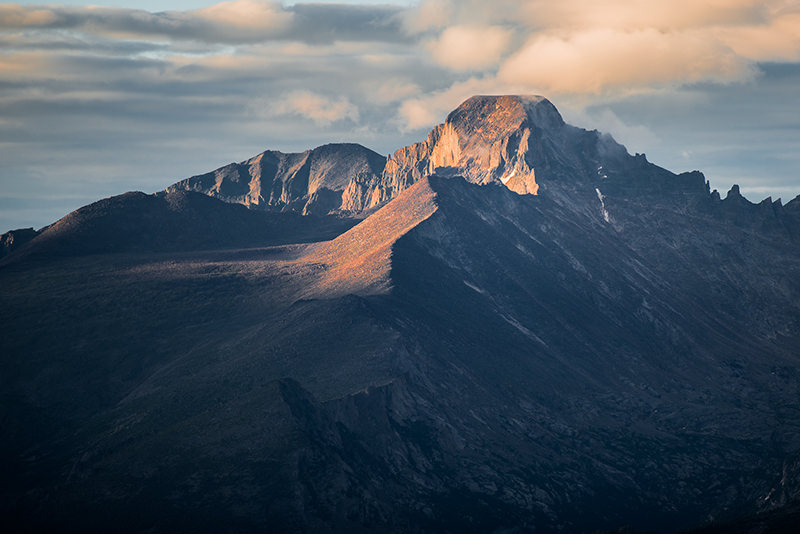
Longs is far and away the most popular “difficult” 14er — most climbers would put it around the 10th most challenging summit on the list. Yes, there will be crowds, and only 50 percent of those who attempt Longs reach its broad, flat summit. But the adventure of this Front Range classic is peerless.
After a long 5.5-mile approach, hikers go through the magical Keyhole rock feature and enter a new world of dark rock bands, steep scrambles, narrow ledges, and a wild crawl to the final summit. Despite over 14 miles on the round trip standard route, many people will attempt this burly mountain in a single day.
6. Blanca Peak — 14,345 feet – Class 2
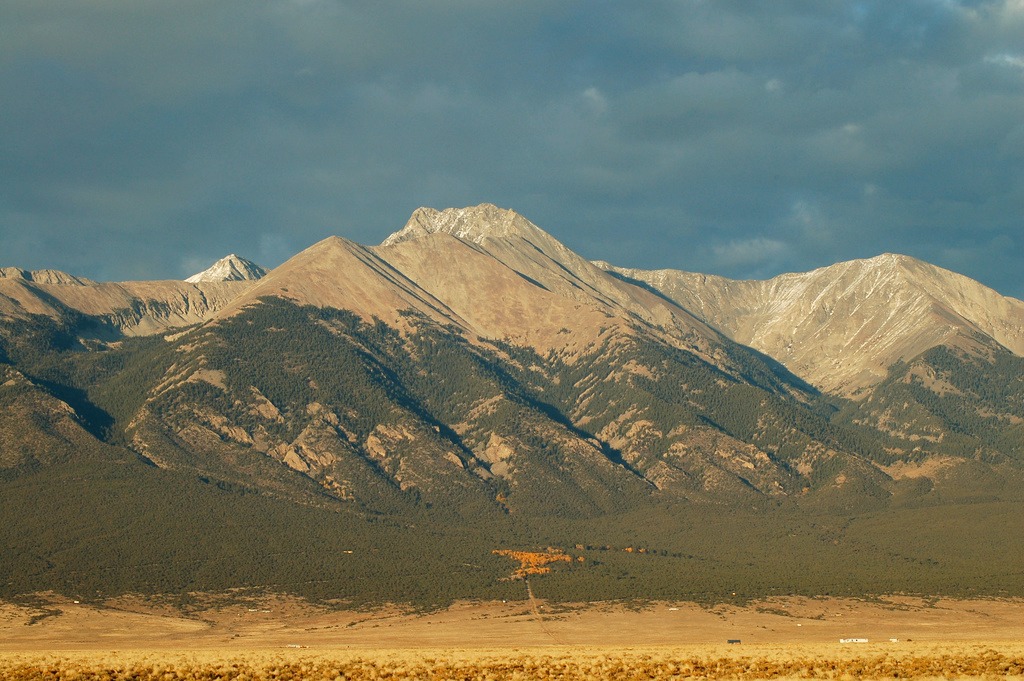
A trip to Blanca Peak is as much about the approach as it is the summit climb. At the foot of this impressive massif are the impressive dunes of Sand Dunes National Park (a feature easily admired from the summit on a clear day). Hikers must travel through a wonderful shift of ecosystems, starting with desert-like tundra all the way to lush, alpine lakes.
A rocky, rugged trail to the top brings hikers to the ultimate view of all the landscapes they have traversed along the way — not to mention contrasting vistas of gentle farmland and the rugged summits of the Sangre de Cristo Range.
7. Windom Peak — 14,082 feet – Class 2

Windom is one of a trio of officially ranked 14ers (and one unofficial summit, North Eolus) in Chicago Basin. Its neighboring 14ers, Eolus Peak and Sunlight Peak, are class 3 and 4 ascents, respectively, so modest Windom sits alone as the “everyman” mountain in the area. What makes it a classic is the access — most often accomplished by the coal-powered train that runs along the Durango-Silverton Narrow Gauge Railroad.
Midway through the adventure, hikers disembark into the mountain goat-friendly San Juan mountains. Windom itself is a steep climb, accented by blocky boulders and easy scrambles. While easier than its counterparts, it may have the best views and the most enjoyable route to the top.
8. Uncompahgre Peak — 14,309 feet – Class 2
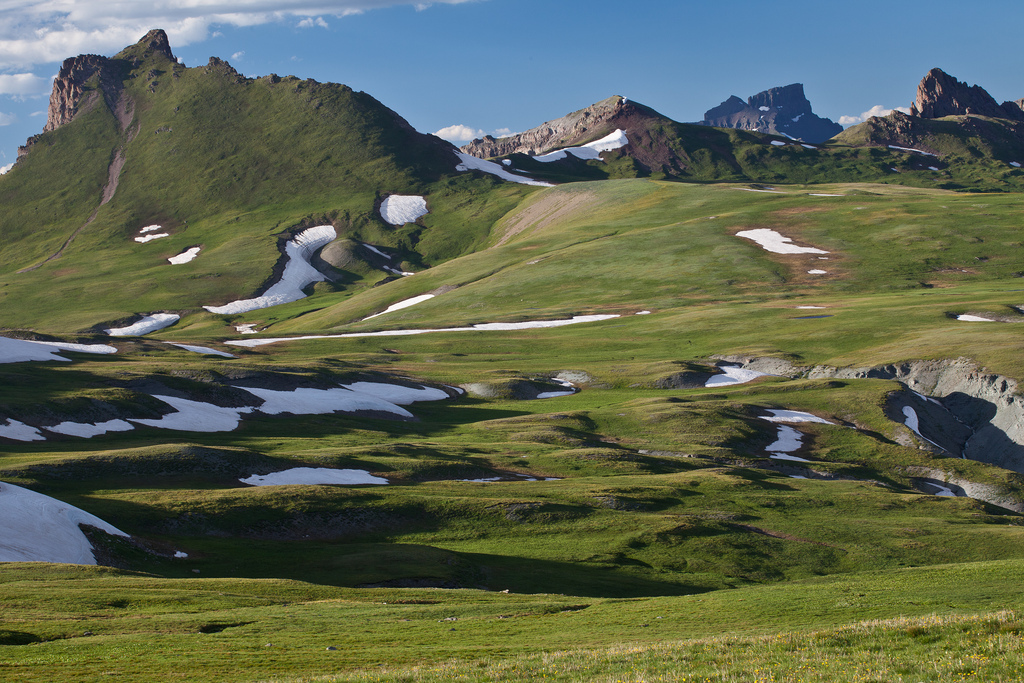
Uncompahgre’s famous sinking ship profile is flanked by rolling fields of deep, green grass and patches of colorful wildflowers. Because it’s located in the San Juan range, it tends to get more rain than northern and central peaks, meaning it is awash in color.
Trails to the summit travel along long, expansive meadows and fun, scrambly corridors. From the summit, nearby 14er Wetterhorn Peak cuts a crooked profile, and southwestern hues of yellow, bronze, and orange stripe the landscape in amazing relief.
9. Pyramid Peak — 14,018 feet – Class 3/4

Pyramid Peak may not be as scenic from a distance as its neighbors, the iconic and beautiful Maroon Bells. But up close it’s lightyears better. Whereas the twin summits of North and South Maroon peaks are made up of crumbly, unreliable rock, Pyramid is slightly sterner stuff.
The upshot is a solid scramble that is more predictable and stays along a path that minimizes exposure (though there are a few spots that will get your attention). Handholds and footholds are always available, and the summit is often shared with resident mountain goats.
10. Huron Peak — 14,003 feet – Class 2
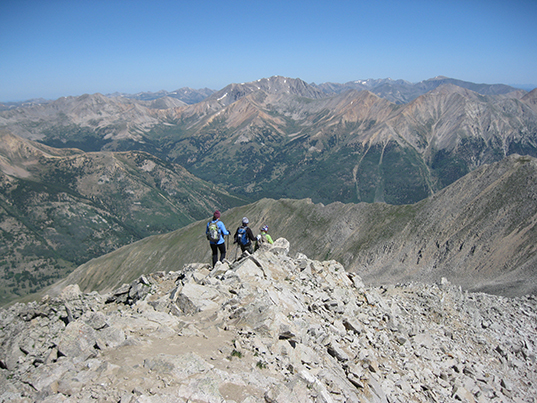
Our final favorite 14er is cut from the classic mountainous contour of the Rockies — a high, triangular peak that juts into the clouds. Huron has one of the best trails to any summit in the state. As it runs through pine forests and into broad, alpine meadows, views of nearby Sawatch Peaks and Hope Pass are pure Colorado.
In the autumn, the colors in this area are a photographer’s dream. The last section of the trail to the top has a few easy scrambles that politely lead climbers away from from the drafty edges of the peak. Summit views are of course glorious, especially for those ambitious enough to catch a sunrise or sunset from the apex of Huron Peak.
Visit 14ers.com for more 14er action.
James Dzienzyski is an author and writer based in Boulder, Colorado.



